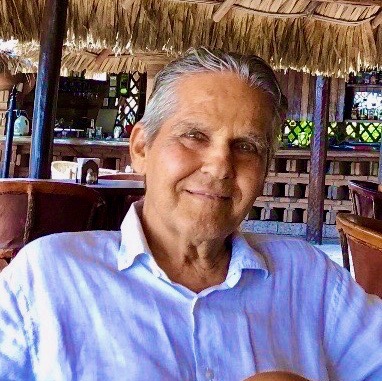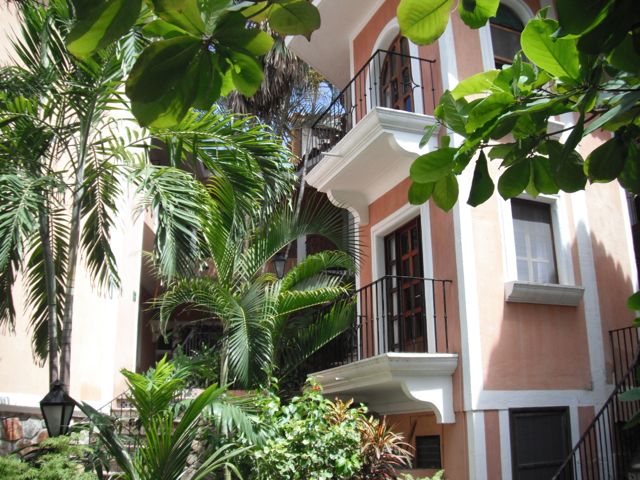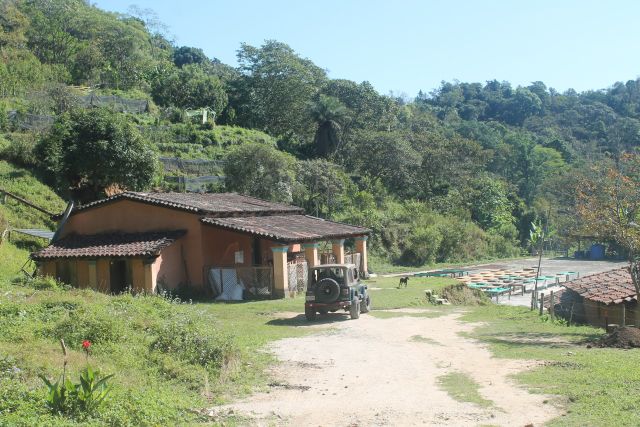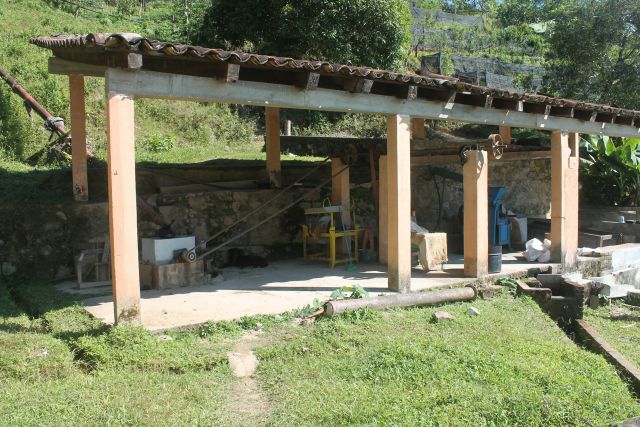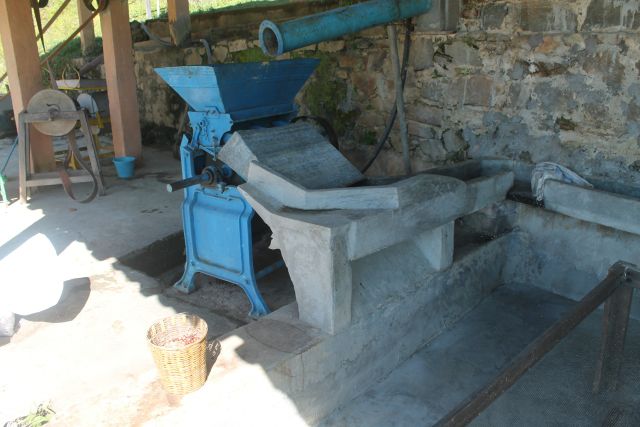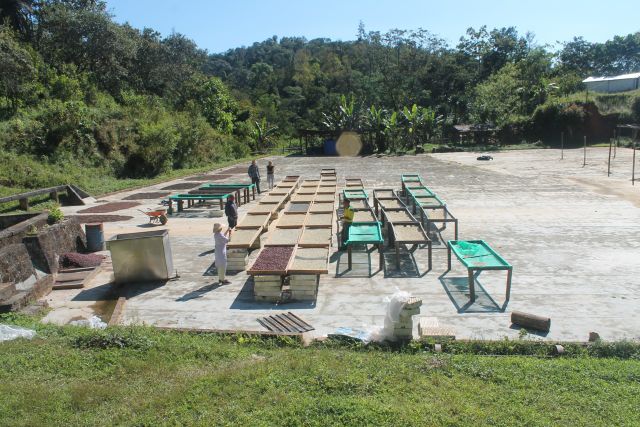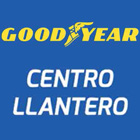RIP Robin Cleaver
ROBIN CLEAVER DIED PEACEFULLY IN HIS SLEEP AT HIS home in Puerto Escondido on August 1, 2020 at the age of 79. As one of the founders of the Hotel Santa Fe, the first hotelto be built on Zicatela, he was influential in making Zicatela an international surfing destination. He also was dedicated to the development of boutique coffee production, through his prize-winning Finca Las Nieves in San Juan Lachao.
RIP Robin Cleaver
From our archives, November 2012.
The Santa Fe
Imagine Zicatela in 1975. There’s a pig farm where Merlin’s now is and cows and goats forage on the beach, which was then covered with huizache. (In a still controversial move, the native vegetation was cleared by the state deputy in 1985.) A brickyard stands just beyond the rocks that separate Playa Marinero from Zicatela, and the beach extends all the way up to the highway. The owner of the brickyard is the former custom’s agent from the time when coffee was shipped from Puerto Escondido to the U.S. Imagine having the opportunity to buy that brickyard and its adjacent land.
Robin Cleaver was in the import business back then, buying Mexican folk art for his shop in Palo Alto, California. At the urging of his suppliers from Ocotlán, Olegario y Oralia Mendoza, one day he hopped onto a DC 3 and alighted on the airstrip - now Blvd Benito Juárez - in Rinconada. Being only human, he fell in love with the place.
Robin calls it serendipity. It seems so improbable that a person from Palo Alto just happened to know Dora Martínez, who had a vegetarian restaurant in Oaxaca and was also the goddaughter of Nacho Acevedo, the excustom’s agent. Knowing Robin’s affinity for Puerto, she told him when the Zicatela property was for sale. Thus it happened that a young man, with no plans beyond buying Mexican art for his shop, came to build Puerto’s first 4-star hotel.
After forming a Mexican corporation with his Mexican associates to purchase the land, the next step was finding investors and partners to build the hotel. From the start Robin knew he could count on his brother Paul to manage the hotel and vegetarian restaurant, since Paul Cleaver is, in his brother’s words, “a great host and cook” and as gregarious as his brother is low-keyed. Paul Cleaver has since moved on to his own hotel, El Tabuchín, located just behind the Santa Fe, which is equally famous for its gourmet breakfasts and its owner’s hospitality.
When construction on the Santa Fe started in 1981, all of Puerto’s tourist facilities were centered on Playa Principal. The accommodations were fairly basic, and there were no vegetarian restaurants, a problem for Cleaver who has been a vegetarian all his adult life. The other hotel owners were welcoming, but they thought he was making a big mistake building so far away. Not only did the calle del Morro not exist then, but there wasn’t even a dirt road down from the highway to Zicatela.
The plan was to begin with 22 of a projected 67 rooms, but the Mexican economic crisis of 1982 and its attendant devaluations forced Cleaver to scale back, and it was a ten-room hotel that opened its doors in December, 1982. The first guests were in their rooms before the windows were installed and the power connected, which turned out not to be a problem, because they said they preferred candles to electric lights.
Today the Santa Fe is the gracious grand dame at the entrance to Zicatela, with 60 rooms, two pools, and a gourmet vegetarian and seafood restaurant. It even has a gift shop that features Mexican folk art.
Finca Las Nieves: Reviving Local Coffee Production
From our archives, January 2015.
In 2005, Robin Cleaver, a long-time resident of Puerto Escondido, and his associate Victor Lepe bought a small coffee farm in the mountains of San Juan Lachao, Oaxaca, 90 minutes from Puerto Escondido. Although Robin had no experience growing coffee, it had long been his dream to have a finca. When he had the opportunity to buy the “Finca las Nieves” from Eduardo Rojas Galindo he did not hesitate, drawn as much by the beauty of the mountain forest as he was by its potential. At that time the farm was more or less abandoned. In its heyday, it had been producing 2,000 quintals (sacks) of coffee a year, but it only produced 50 in 2005.
This year the harvest will bring between 200 and 300 quintals, and Finca las Nieves was one of the finalists in the 2104 Mexico Cup of Excellence competition. The Cup of Excellence is sponsored by ACE (Alliance for Coffee Excellence) an international organization that promotes and auctions specialty, organic coffee. Thanks to its high rating, Finca las Nieves coffee is now sold in specialty coffee shops in Oregon and New Zealand.
Altitude and soil are the two basics for growing coffee. Good coffee cannot be grown at less than 1,000 meters, Robin explains. His coffee trees grow on steep slopes between 1,200 and 1,500 meters in the shade of an old growth forest. Organic fertilizers enrich the soil and organic fumigation controls the pests. A work force of 20 tends the finca’s 20,000 trees all year long.
The coffee harvest begins in mid-November and continues into February. The fully ripe cherries have to be selectively picked; this is the most labor-intensive part of coffee production. The cherries are then de-pulped and the coffee beans allowed to ferment for 24 hours. What follows – the drying of the beans – is crucial to the flavor of the coffee. The finca uses a wet process (café lavado) that includes one day of drying in the sun followed by around 20 days in the shade. Robin notes that the Internet has been a great help in learning the latest drying techniques.
The coffee trees do the work of producing the cherries, but the workers have to be out all year pruning the coffee trees as well as the trees they grow under in order to control the shade. The young trees from the nursery have to be transplanted in early summer and then protected from weeds and disease.
Quality control and the production of organic fertilizer are the responsibility of Gustavo Boltjes, who is one of only 40 Q-cuppers in Mexico certified by the Quality Coffee Institute. Although Gustavo grew up in Mexico City, he came to Puerto every year with his family from the time he was a baby. After receiving his degree in Environmental Science from the British University of East Anglia in 2006, he started working for the Finca. He also oversees the roasting which is done at the Expendio de la Finca las Nieves, next to the Hotel Santa Fe, and shipping the coffee throughout Mexico and abroad.
High-grade, organic, specialty coffee is not cheap or easy to produce, but Robin and Gustavo are convinced that niche coffees are Oaxaca’s best chance to compete in the global market place.

